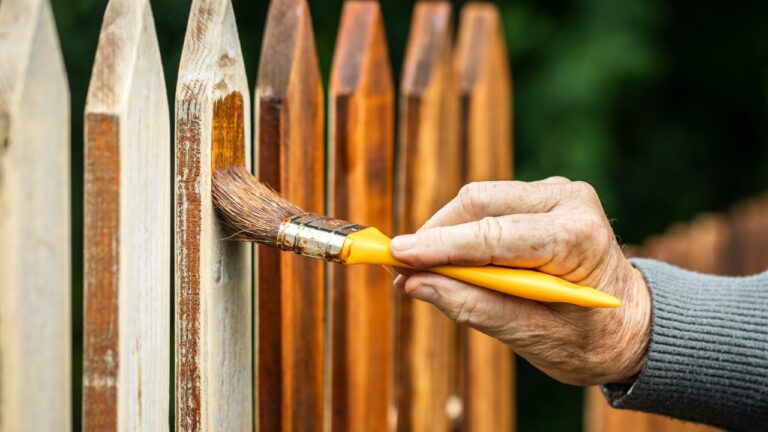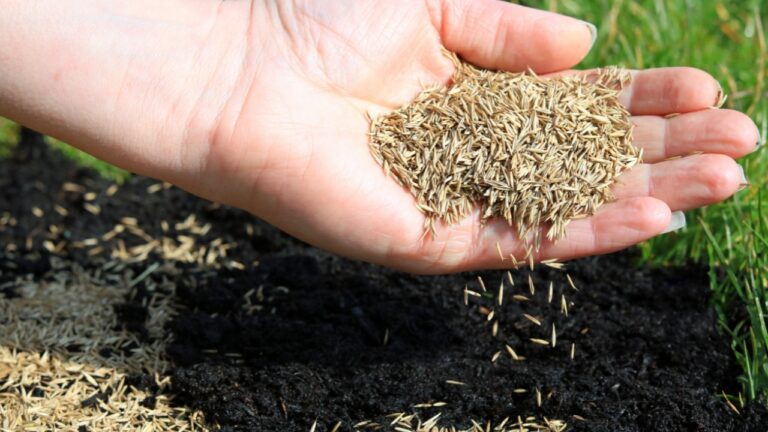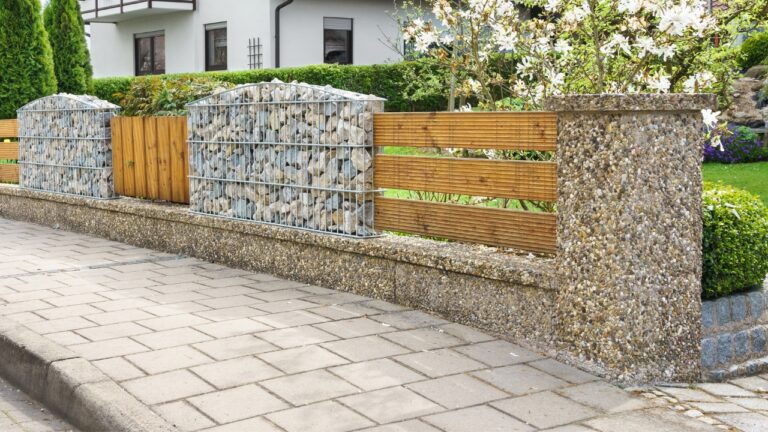10 Things That Make a Lawn Look Lush Without Chemicals
A healthy-looking lawn doesn’t have to come from a bag of synthetic fertilizer. If you’re trying to keep things more natural—or avoid the cycle of burn spots and runoff—there are other ways to get that thick, green look. It takes a little more intention upfront, but the payoff is worth it.
These methods actually build healthier soil and grass over time, so your yard stays greener with less intervention and a lot fewer chemicals.
Feed It With Compost

Compost gives your lawn slow, steady nutrition and improves soil structure without the risk of chemical overload. A thin layer spread once or twice a year helps grass roots grow deeper and stronger. Over time, compost builds healthier soil that holds water better and supports thicker growth—without the flash-in-the-pan effect of synthetic fertilizer.
Mow High and Often
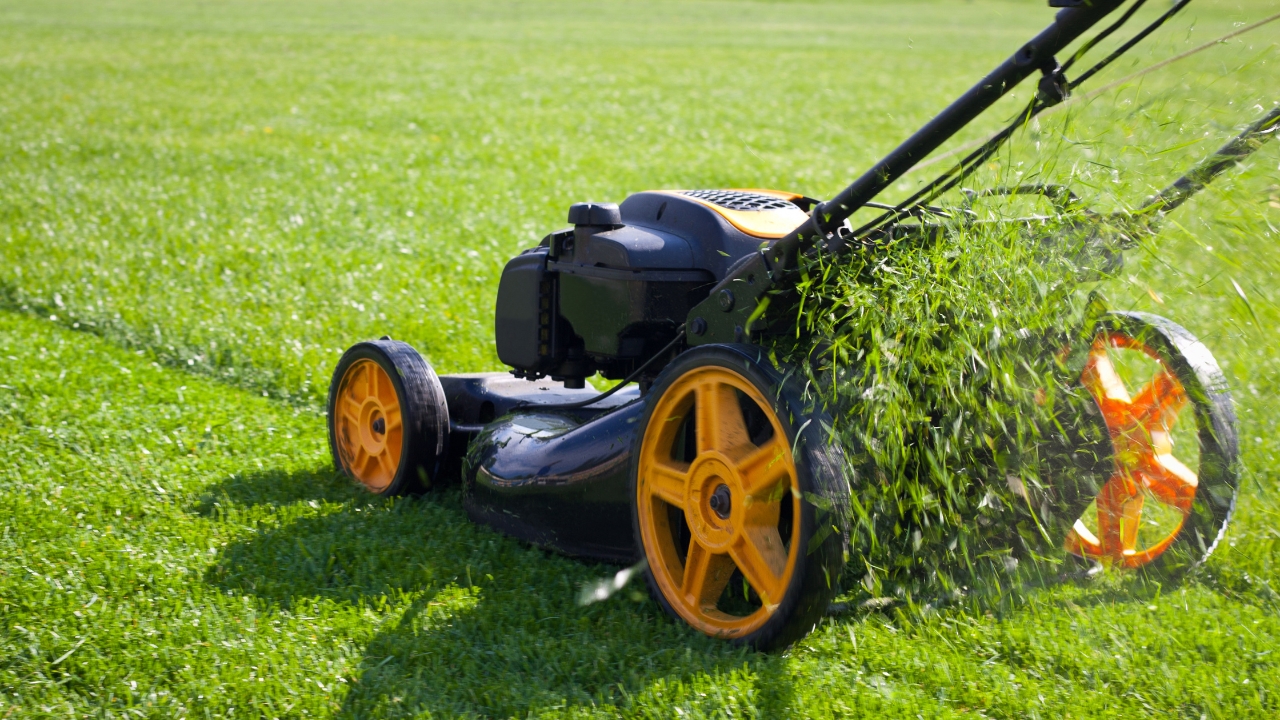
Keeping your grass on the taller side—around 3 to 4 inches—helps shade out weeds and encourages stronger roots. It also holds moisture better, especially in hot weather. You’ll need to mow more often to keep the top third trimmed, but the payoff is greener, fuller grass that holds up better through the season.
Sharpen Your Mower Blades
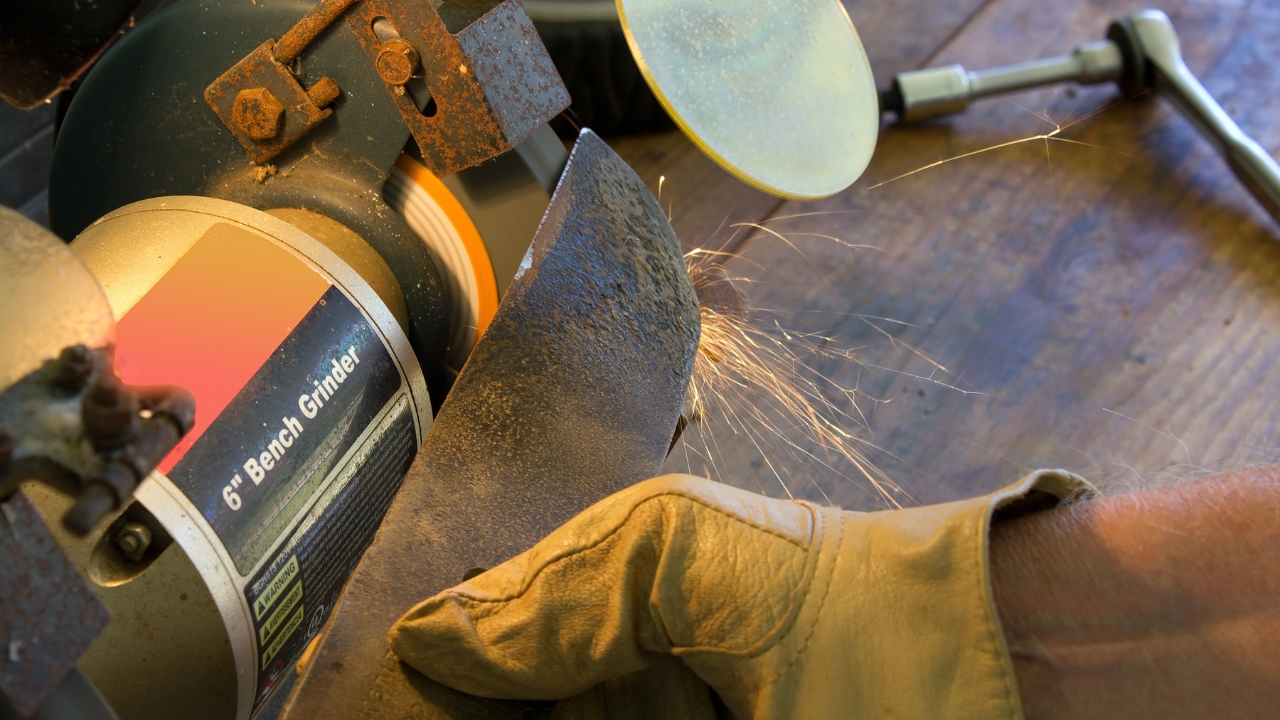
Dull mower blades tear the grass instead of cutting it clean. That leads to frayed edges, brown tips, and stress on the plant. Sharpening your blades a couple of times per season makes a huge difference in how your lawn looks. Clean cuts heal faster and help the grass stay lush and healthy-looking.
Water Deep, Not Constant
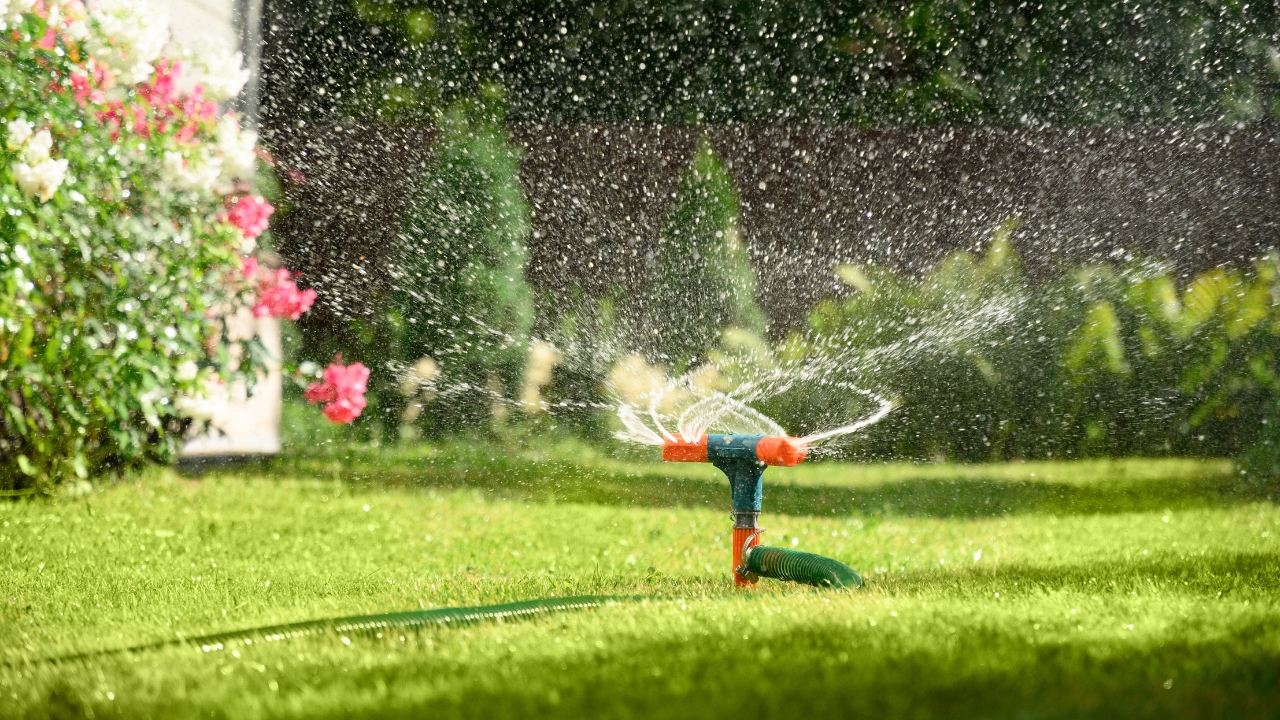
Frequent shallow watering encourages shallow roots, which makes your lawn more vulnerable to heat and drought. Instead, water less often but soak deeply—about once or twice a week depending on your soil. Deep watering helps roots reach further down, which keeps grass looking green even during dry spells.
Overseed Bare or Thin Areas
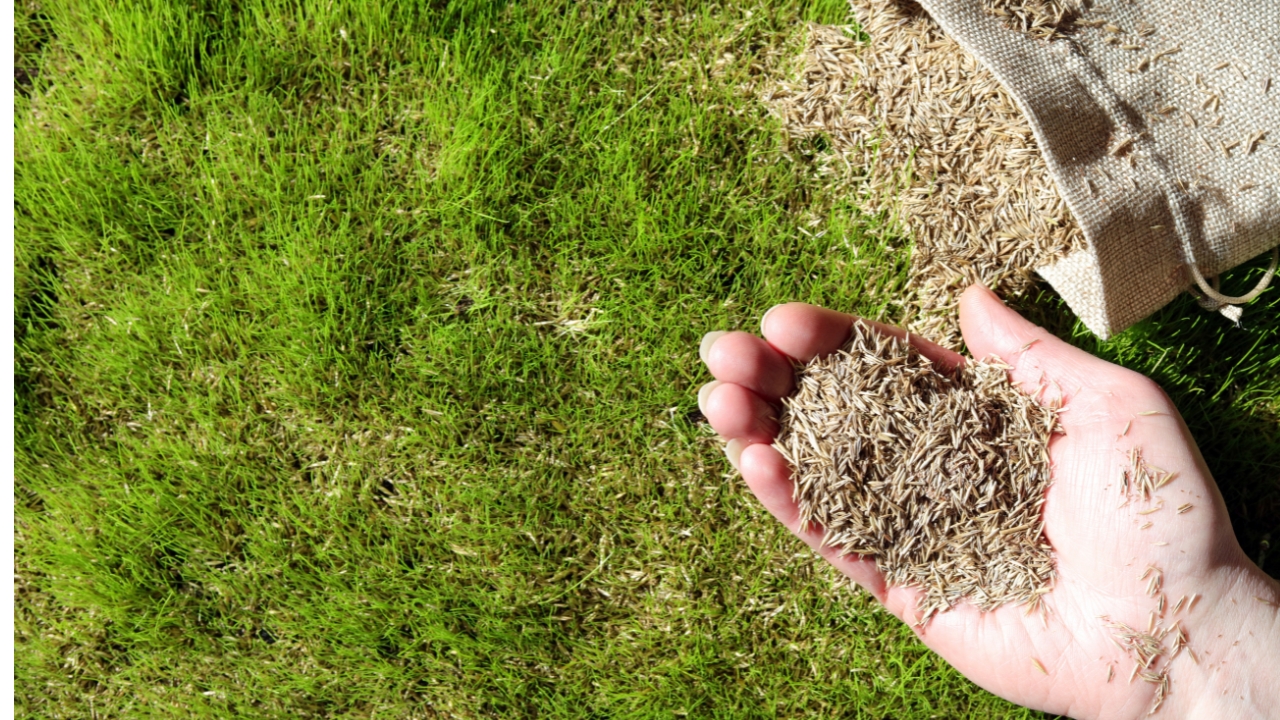
Overseeding once a year helps fill in gaps and thickens your lawn naturally. Choose a grass seed that works with your region and existing lawn type. Fall is usually the best time to do it, but early spring can work too. A thicker lawn is better at crowding out weeds and keeping moisture in.
Use Organic Lawn Food or Natural Additives

If you still want to boost growth, try an organic lawn fertilizer made with ingredients like alfalfa meal, feather meal, or seaweed. These feed soil microbes and support slow, steady growth. You can also topdress with things like worm castings or corn gluten meal, depending on your soil’s needs.
Leave the Clippings
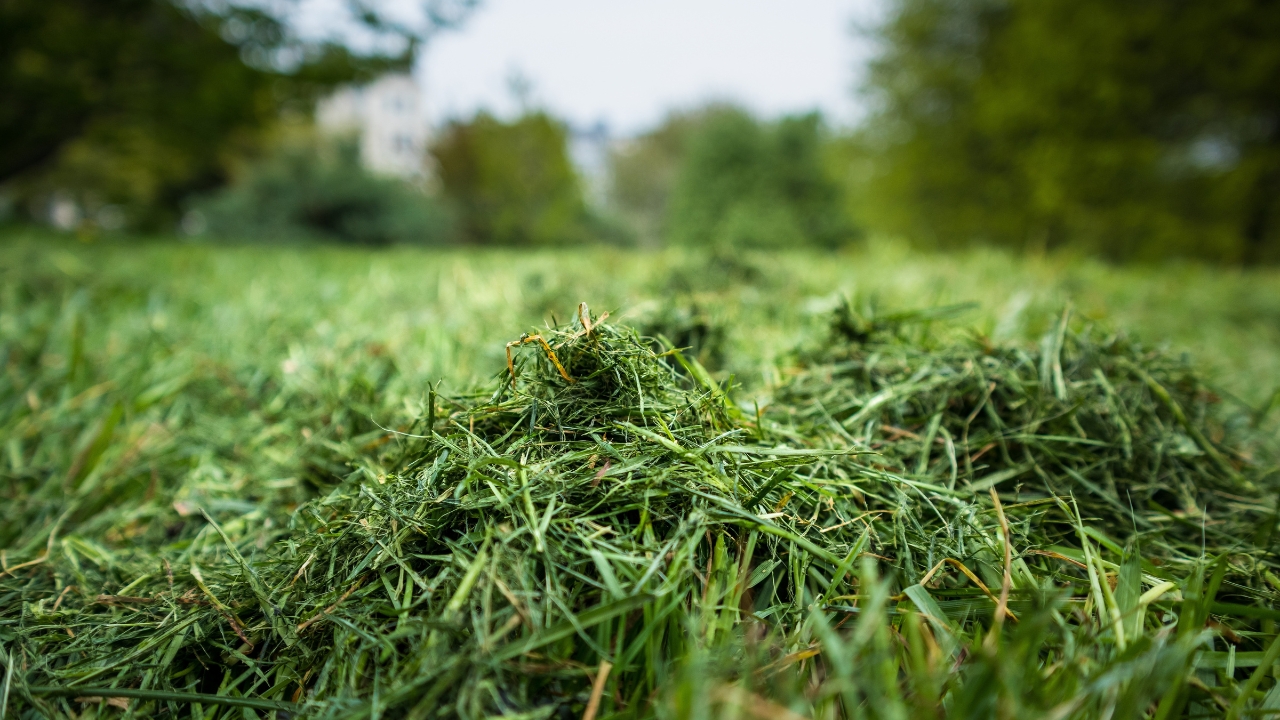
Grass clippings are basically free fertilizer. If you’re mowing regularly and not taking off too much at once, those clippings break down quickly and return nitrogen to the soil. It’s one of the easiest ways to improve lawn health without adding anything extra—and it saves time, too.
Aerate When It’s Needed

Compacted soil keeps water and air from reaching grass roots. Aerating once a year—usually in the fall—helps loosen things up and allows nutrients to soak in. You don’t need to overdo it, but if your yard gets a lot of foot traffic or the soil feels hard, aeration can make a noticeable difference.
Fix the Soil pH

Grass doesn’t thrive in soil that’s too acidic or too alkaline. If your lawn always seems dull or patchy, it might be a pH problem. You can test your soil with a kit or have it done through your local extension service. Adding lime or sulfur (if needed) helps get everything back in balance so the grass can actually absorb the nutrients already there.
Choose the Right Grass for Your Region

Not all grass types are cut out for every climate. If you’re constantly fighting to keep your lawn green, you might be trying to grow the wrong type. Switch to a grass that matches your sun, water, and temperature conditions. A well-matched grass variety is more resilient and looks better with less effort and no chemicals.
*This article was developed with AI-powered tools and has been carefully reviewed by our editors.


